Application
Applications
- Paper & Textiles: Primary material for paper, cardboard, and regenerated fibers like rayon and lyocell.
- Food: Acts as a thickener, stabilizer, dietary fiber, and edible packaging.
- Pharmaceuticals: Used as excipients, in wound dressings, and drug delivery systems.
- Construction: Found in insulation, cement additives, and biocomposites.
- Energy & Environment: Converted into biofuels, used in filtration, and biodegradable plastics.
- Cosmetics: Enhances texture in creams and serves as eco-friendly exfoliants.
- Electronics: Nanocellulose in flexible displays, sensors, and battery components.
- Agriculture: Used in biodegradable mulching films and slow-release fertilizers.
- Industrial: Improves adhesives, paints, and 3D printing materials.
OUR STORY
GREEN AGROCHEM -CELLULOSE
Green Agrochem is a company specializing in the production and supply of various chemical products, with a significant emphasis on its cellulose unit. This division focuses on cellulose derivatives, offering a range of products that cater to industries such as pharmaceuticals, food, textiles, construction, and more.
Product lineup includes key cellulose derivatives such as microcrystalline cellulose (MCC), sodium carboxymethyl cellulose (CMC), and hydroxypropyl methyl cellulose (HPMC). These products are derived from cellulose, a naturally occurring polymer found in the cell walls of plants, making it the most abundant organic compound on Earth.
- Cellulose: Sustainability, Naturally.
- Cellulose: Nature’s Strongest Link.
- Innovating Sustainability, Naturally.

Products
Cellulose Products
Products lineup includes key cellulose derivatives such as microcrystalline cellulose (MCC), sodium carboxymethyl cellulose (CMC), and hydroxypropyl methyl cellulose (HPMC).

Hydroxypropyl Methyl Cellulose (HPMC)
A semi-synthetic polymer derived from cellulose, a natural polymer found in plant cell walls. It is a versatile excipient widely used in various industries, including pharmaceuticals, food, and cosmetics

Methyl Cellulose (MC)
Methyl Cellulose (MC) is a semi-synthetic polymer derived from cellulose, a natural polymer found in plant cell walls. It is a versatile excipient widely used in various industries, including pharmaceuticals, food, and cosmetics.

Hydroxyethyl Cellulose (HEC)
A semi-synthetic polymer derived from cellulose, a natural polymer found in plant cell walls. It is a versatile excipient widely used in various industries, including pharmaceuticals, food, and cosmetics.

Sodium Carboxymethyl Cellulose (CMC)
A Semi-synthetic polymer derived from cellulose, a natural polymer found in plant cell walls. It is a versatile excipient widely used in various industries, including pharmaceuticals, food, and cosmetics.

Ethyl Cellulose (EC)
Ethyl Cellulose (EC) is a semi-synthetic polymer derived from cellulose, a natural polymer found in plant cell walls. It is a versatile excipient widely used in various industries, including pharmaceuticals, food, and cosmetics.

Polyanionic Cellulose (PAC)
A semi-synthetic polymer derived from cellulose, a natural polymer found in plant cell walls. It is a versatile excipient widely used in various industries, including pharmaceuticals, food, and cosmetics.
Portfolio
Explore Our
Project Highlights
Cellulose is a cornerstone of sustainable innovation. Its renewability, biodegradability, and adaptability make it a critical material for industries aiming to reduce their environmental impact while maintaining high performance. As demand for eco-friendly alternatives grows, cellulose-based products will continue to play a pivotal role in shaping a greener future.
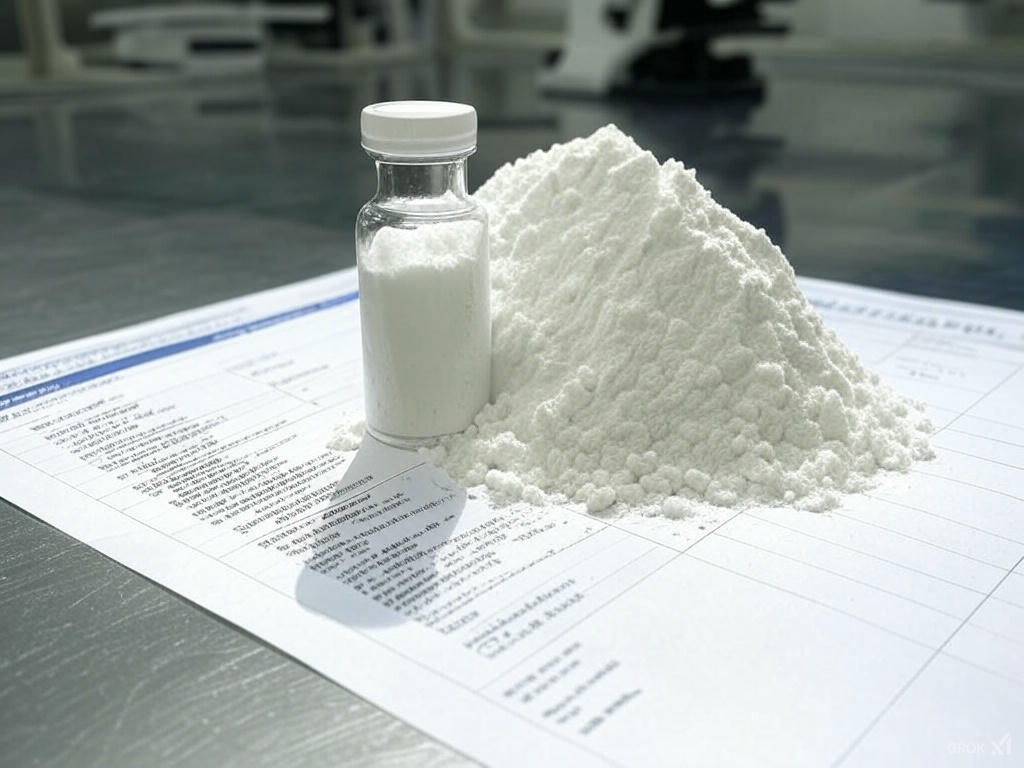
HPMCP
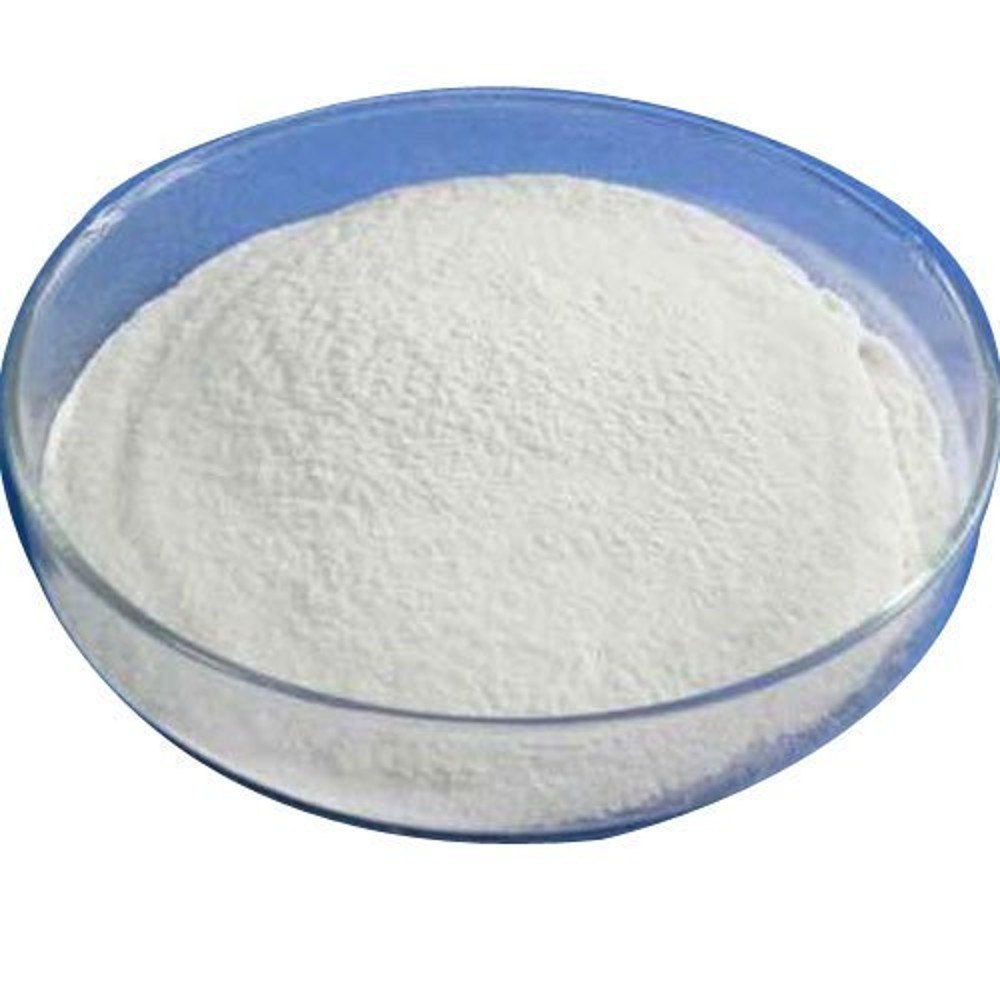
CMC
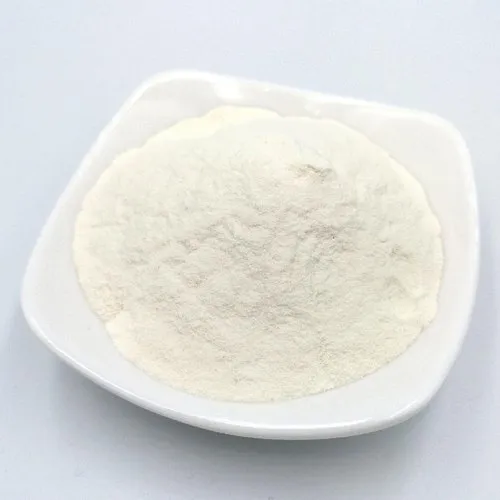
HEC
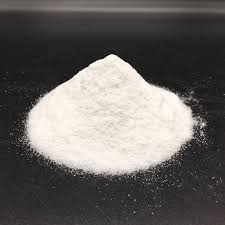
HPMC
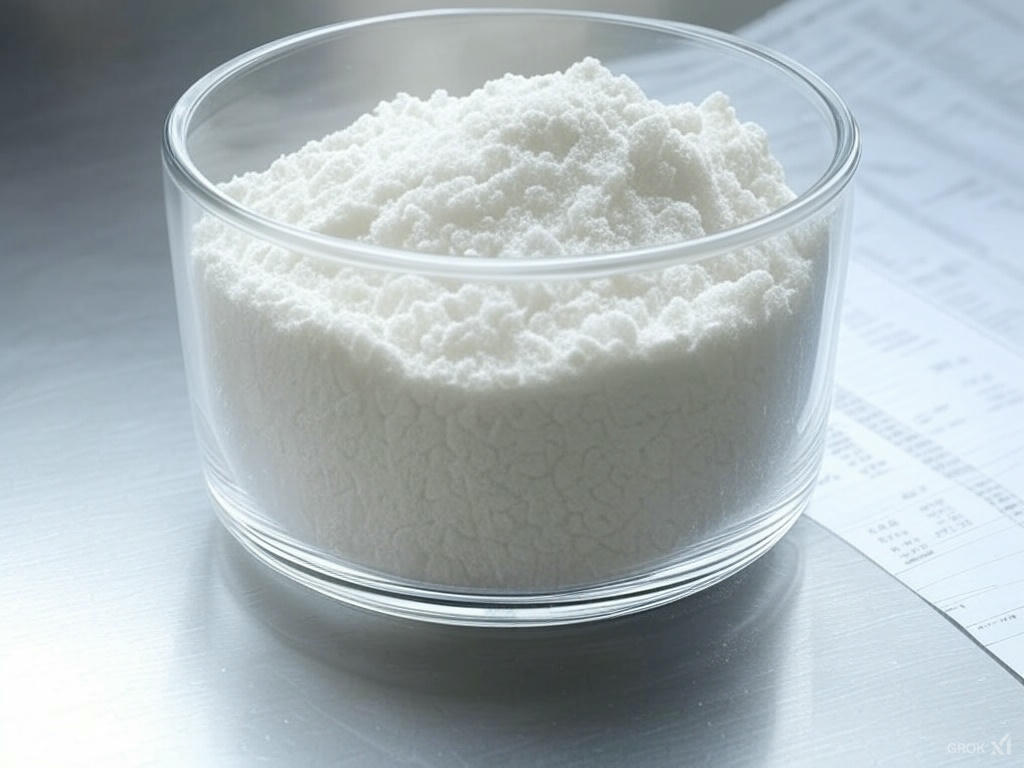
eC
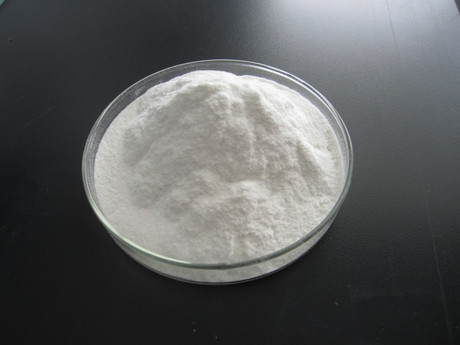
CMC

CMC
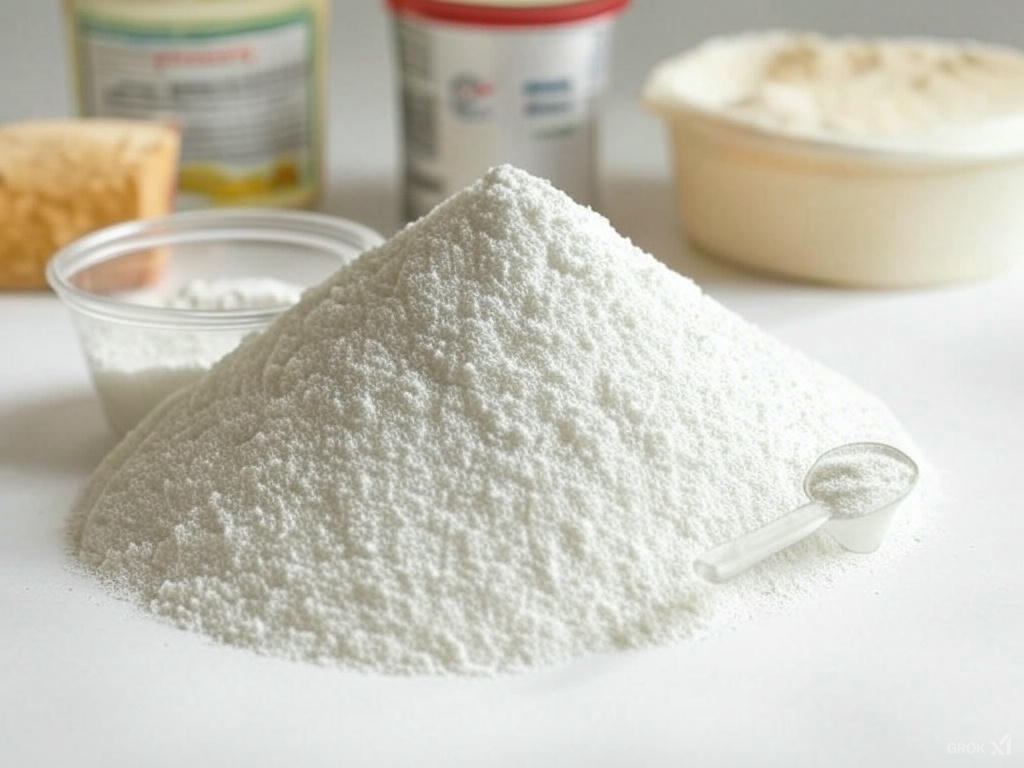
CMC

Carbon
Carbon Sequestration
info@greenagrochem.com
Cellulose and Carbon Sequestration: A Deeper Dive
Cellulose, the most abundant organic compound on Earth, is a complex carbohydrate that forms the structural backbone of plant cell walls. It plays a pivotal role in carbon sequestration, the natural process of capturing atmospheric CO₂ and storing it long-term to combat climate change. Plants produce cellulose through photosynthesis, locking carbon into their biomass and offering a renewable, scalable way to reduce greenhouse gases. Let’s explore this relationship in detail, covering how it works, its applications, and its potential to shape a sustainable future.
INNOVATIONS
Cutting-Edge Innovations
01
Nanocellulose
This ultra-strong, lightweight form of cellulose is being explored for high-performance composites, flexible electronics, and medical devices like wound dressings.


02
Biodegradable Packaging
Cellulose-based films and coatings are sustainable alternatives to plastic, reducing environmental waste.
03
3D Printing
Cellulose derivatives are used as bio-inks in 3D printing, with potential in tissue engineering and advanced manufacturing.

TESTIMONIALS
Hear From the Happy Clients Who Trust Us!
Lorem ipsum dolor sit amet, consectetur adipiscing elit, sed do eiusmod tempor incididunt ut labore et dolore magna aliqua. Ut enim ad minim veniam, quis nostrud laboris.

“We switched to cellulose-based fibers for our clothing line, and the feedback has been amazing. Customers rave about how soft and breathable the fabrics are, even after tons of washes. Knowing it’s sustainable makes it even better—it’s a win for us and the planet!”

LiyaP

“We installed cellulose-based filters in our water treatment system, and the results are impressive. The water’s cleaner than ever, and we’re replacing filters less often. It’s affordable, effective, and biodegradable—exactly what we needed for our eco-conscious community.”

LeAnw
Ready
GREEN AGROCHEM – CELLULOSE UNIT offers, Microcrystalline Cellulose (MCC), cellulose powder, cellulose fibers, and cellulose derivatives such as Hydroxypropyl Methyl Cellulose (HPMC), Methyl Cellulose (MC), Hydroxyethyl Cellulose (HEC), Sodium Carboxymethyl Cellulose (CMC), Ethyl Cellulose (EC), and Polyanionic Cellulose (PAC).




